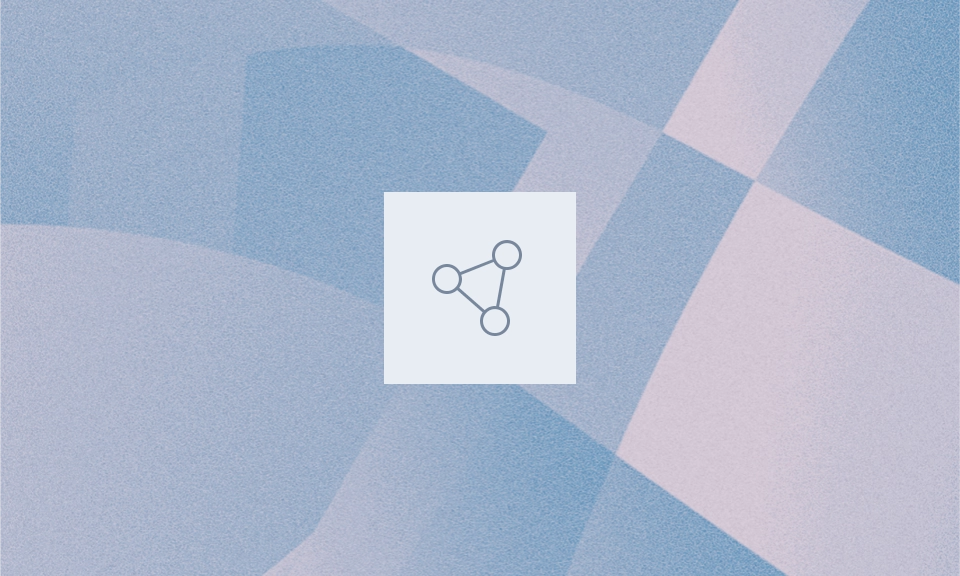It was 1992, and I had just finished my undergrad at IIT Bombay. I was working as a research assistant in the SPANN (Signal Processing and Artificial Neural Networks) lab under Prof. UB Desai in the EE department. Together with my friends Hitesh Shah and Anoop Kulkarni, I had taken on the task of setting up the EE department network.
The entirety of India had a 9600 baud connection to the Internet. Only ERNET in Bombay, IIT Bombay, and I think IISc in Bangalore had direct access. We didn’t have a direct connection to the Internet — only ERNET staff that sat on campus had it. We did get Usenet on the EE machines though.
Reading through the newsgroups was fascinating. Opened up a whole new world for me — and there I chanced upon the (in)famous debate between Linus and Andy Tanenbaum about this new thing called “Linux.”
I was intrigued and wanted to try Linux out but that needed direct Internet access to download the boot and root “disks” from the FTP sites (tsx-11.mit.edu is the one I recall using and there was also sunsite.unc.edu). We didn’t have it, however….
The ERNET person on campus had a Sun workstation and for some reason (accidentally probably) he had left his disk remote mountable by any machine on campus. There were very few machines on the campus network — less than 20 between CSE and EE.
Somehow I figured that out and I was able to mount his disk on my Sun workstation. Then I would go to his home directory and add an entry on his home directory .rlogin to allow my login to run commands remotely.
Every night after he left, I would download the Linux “disks” to a hidden directory on his machine, transfer them to EE and wipe out evidence. This went on for months. I’d get download speeds of 1 KBPS and it would take overnight to download the disks.
My first download of Linux was just two floppy disks — the boot disk and the root disk. During those days, to get an update on the situation we had to “finger” Linus’s account at [email protected] (I think) and his .plan would contain the latest information about Linux. A few months later, the first “distribution” emerged in the form of SLS — Soft Landing Systems — which eventually became Slackware.
Suddenly my 386 PC was a full-fledged Unix system with a shell, emacs, LaTeX, X-windows etc. After my first successful Linux installation, I introduced it to Hitesh and Anoop — they were fascinated and became my first local converts. We were so early that Linux didn’t even have networking at that time. Together, we witnessed at least two different versions of the TCP/IP stack being developed and added to the kernel!
I excitedly multiple departments at IIT Bombay but they weren’t particularly interested — they had their site license for OSF and didn’t see the need to explore open-source alternatives.
Prof. UB Desai (who would later go on to become the founding director of IIT Hyderabad) on the other hand was very interested, saw the potential, encouraged me, and got me direct access (so I could stop “breaking in” to get to the Internet). This was huge — it meant I could finally stop my nightly digital heists.
With legitimate access, we dove deeper into Linux. I’d even send bug reports to Linus himself, and to my surprise, he’d respond! It was incredible having direct communication with the creator of this magical system.
We installed Linux on 33MHz Pentium machines with 8 or 16MB of RAM. I suggested we name the EE department machines after Indian ragas, which everyone loved. The first Linux machine in India was christened ‘Yaman’, followed by ‘Kalyan’, and ‘Basant’. The initial reading of the newsgroups (and mounting of ERNET machine) happened on a SunOS machine that we called ‘Sarang’.
Getting Linux up and running was no small feat. It required dozens of five-and-a-quarter-inch floppy disks (1.2MB each) to load Linux, all the networking software, X-windows, and applications like Emacs. Prof. Desai later expressed regret at not saving those floppy disks — they would have been quite the archival item!
Slowly the whole EE department got converted and then the campus followed. The system spread across IIT Bombay across multiple departments!
Given that IIT Bombay and ERNET were the only places with direct access at that time and ERNET definitely did not have it, I am convinced we were the first to start using Linux in India. This all happened in the 1992–93 academic year.
And that’s how I became the first Linux user in India. All because I read something on Usenet, couldn’t resist a slightly open digital door, and had the fortune to be in an environment and have mentors that encouraged exploration and innovation. Who knew that a bit of curiosity, some creative “networking,” and a lot of patience for slow downloads would contribute to a computing revolution in India?
.png)




